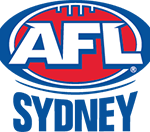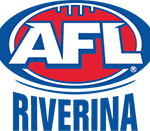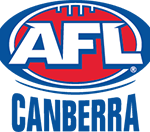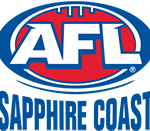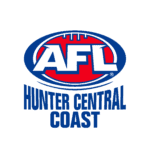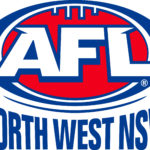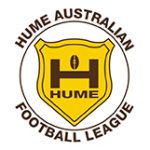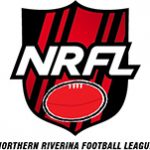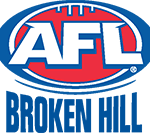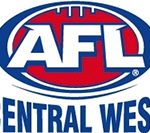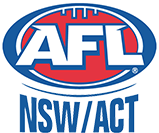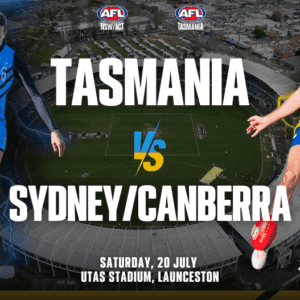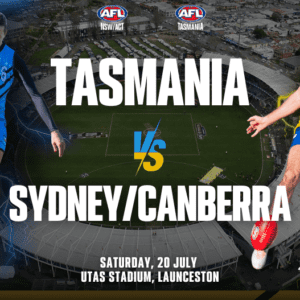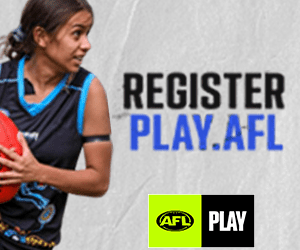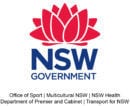Beginner’s guide to the trade period
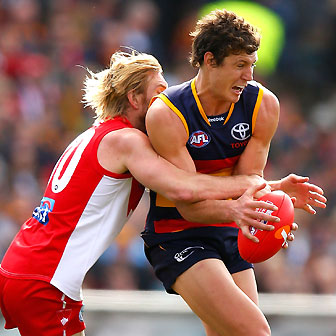
By Michael DiFabrizio
The Gillette AFL Exchange Period commenced today at Etihad Stadium and will continue for just under three weeks – officially ending at 2pm on Friday October 26.
But didn’t this start last week?
Last week the free agency period commenced. Free agency, which has been introduced this year, primarily concerns players who’ve served their club for eight seasons or more. You can read our free agency guide here.
The trade period encompasses all players, including rookies.
What are the rules?
During the trade period, a club may exchange with another club (or clubs) any combination of primary list players, rookie list players and national draft selections.
There are some conditions to this, however:
– Any rookie list player involved in any trade must be put on the senior list of the club to which he is traded.
– A club cannot on-trade a player received in any exchange until the following year.
– A club may exchange a draft selection it has received from another club, provided that the selection is not traded directly back to that club.
– Where the exchange of a player(s) and national draft selection(s) involves more than two clubs, it is not a requirement that each club involved in the transaction make an exchange between each other.
– Any national draft selection received in an exchange does not need to be exercised. However, any club that passes on a draft selection shall be excluded from exercising any remaining selections at that same meeting.
What are some examples of these rules in action?
Last year, the GWS Giants traded draft pick 49 to Port Adelaide for Chad Cornes, Dean Brogan and draft pick 69. The Giants then on-traded pick 69 to the Brisbane Lions for Luke Power.
The Sydney Swans were also active this time last year. One of their trades involved sending draft pick 79 to Richmond in exchange for Mitch Morton, who became part of the 2012 premiership team.
